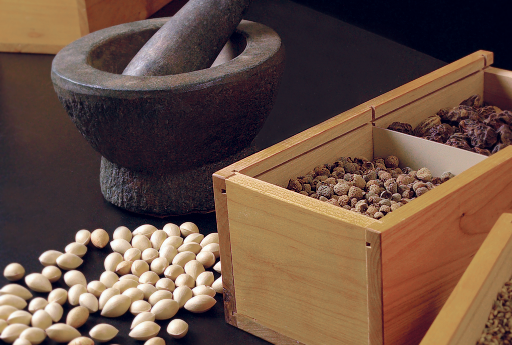The Clinical Education
Southwest Acupuncture College offers a four-year full-time professional degree program leading to a Master of Science in Oriental Medicine and preparation for licensing as a Doctor of Oriental Medicine. Over one third of the 3,092.5 hours of study in our program is spent in the college clinic where students treat under the supervision of expert American and Asian practitioners.
Click here to download the Clinic Manual.
In contrast to many colleges, Southwest Acupuncture College initiates the student into the clinical experience beginning with the first term of the first year. This process exposes the student to the actual clinical practice of medicine as early as possible thereby enhancing the educational process by learning in context, testing their knowledge of the medicine, maximizing patient contact, and demonstrating its compassionate practice. The clinical training culminates in 1,140 hours of combined observation and actual practice.The clinical phase of the student’s education at Southwest Acupuncture College is the practical counterpart to the theoretical and technical skills acquired in the classroom. It is the heart of the medicine and the curriculum. Each phase of the clinical education is carefully coordinated with the didactic coursework to provide immediate utilization of knowledge gained and to promote synthesis of subject matters acquired in separate classes. The student matures as a physician of Oriental medicine in this setting.
The entire clinical education is directly supervised by expert American and Asian practitioners. The majority of our faculty have between 15–20 years experience.
Clinical instruction is competency based. Therefore, the student must successfully demonstrate the clinical skills outlined for that level before moving to a subsequent level. In addition to attendance, students are evaluated in clinic on their attendance and performance according to a number of parameters measuring diagnostic, technical, professional, social, business, and other clinical skills. The price of the clinical component of the program is included in the cost of the tuition. The clinics are extremely successful in terms of treatment results and are generally booked to capacity two to four weeks in advance. There is no shortage of patients either in terms of volume or the variety of disorders seen.
The primary purpose of the college clinic is twofold. First, it serves as the forum in which students learn the practice of Oriental medicine; and second, it fulfills the commitment of the college to provide the community with low cost, effective, medical healthcare. The student clinic is open seven to ten and half-hours per day Monday through Friday. The cost of treatments by students ranges from $0 to $30. At least one third of the treatments performed yearly in the student clinic are offered free of charge to needy patients. Free or reduced cost treatments are extended to segments of the population such as the elderly, handicapped, battered women, substance abusers and patients with AIDS or cancer. Students and their family members receive discounted treatments. Sliding scale treatments and a full range of services including acupuncture, Chinese herbal medicine, exercise, diet and nutritional counseling, serve to keep the clinics well-booked, and the clinic has become the first choice of many community members for effective, affordable, quality healthcare.


